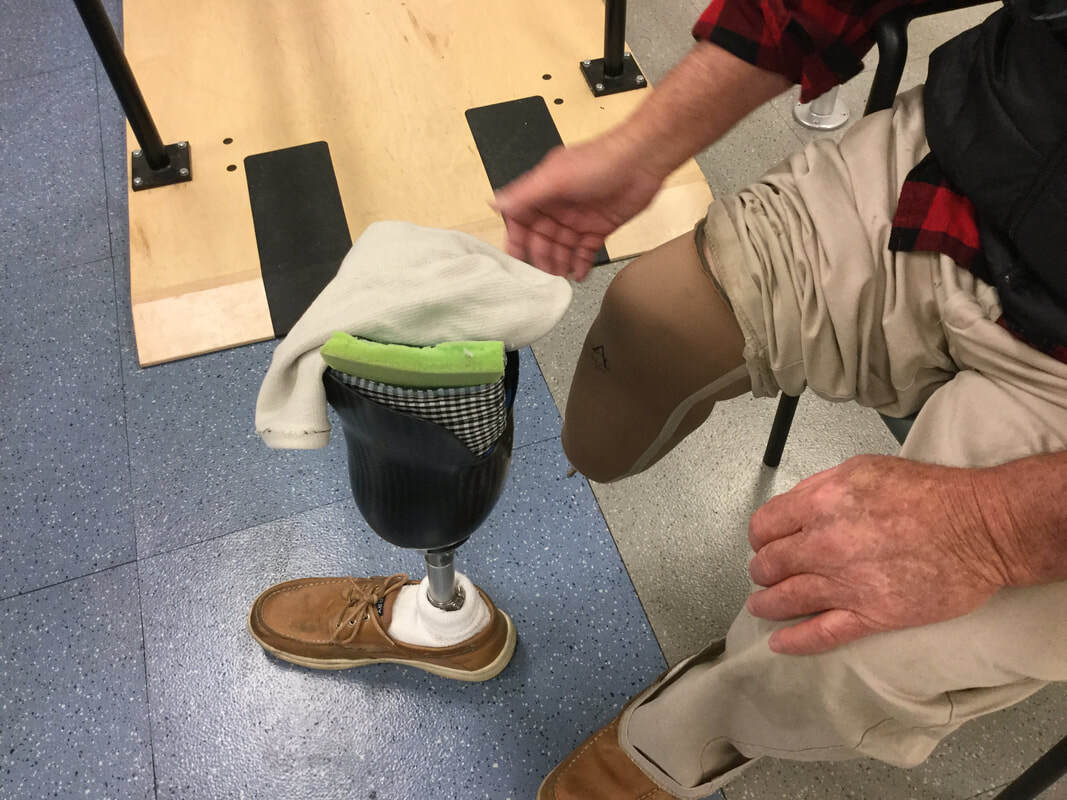Introduction:
For individuals who have experienced limb loss, prosthetics play a crucial role in restoring mobility and quality of life. At the heart of this remarkable technology is the prosthetic socket, a critical component in achieving a comfortable and functional fit. In this article, we will delve into the world of prosthetic fitting and explore the pivotal role of the prosthetic socket in providing wearers with the freedom to move and thrive.
The Significance of Prosthetic Fitting:
Prosthetic fitting is the process of designing and constructing a prosthetic limb that is custom-tailored to the individual wearer’s unique needs, body, and lifestyle. An ideal prosthetic fit is vital for several reasons:
- Comfort: A well-fitted prosthetic limb minimizes discomfort and the risk of pressure sores, allowing the wearer to use it for extended periods without discomfort.
- Mobility: A proper fit enables the wearer to move more naturally, improving their gait, balance, and overall mobility.
- Functionality: A functional prosthetic fit means that the limb responds to the wearer’s commands and offers stability and support during various activities.
- Psychological Well-being: A comfortable and functional fit contributes to the wearer’s confidence and psychological well-being, helping them regain their independence and engage in daily activities.
The Prosthetic Socket: Foundation of Prosthetic Fitting:
The prosthetic socket is the most critical part of the prosthetic limb. It serves as the interface between the residual limb (the remaining part of the amputated limb) and the prosthetic device. The prosthetic socket plays a fundamental role in achieving an optimal prosthetic fit:
- Weight Distribution: The socket evenly distributes the wearer’s weight across the residual limb, preventing excessive pressure on specific areas and reducing the risk of skin irritation and discomfort.
- Stump Control: A well-designed socket provides stability and control, allowing the wearer to manipulate the prosthetic limb with greater ease.
- Fit Customization: Prosthetists carefully design the socket to match the unique contours of the residual limb, creating a snug but comfortable fit that is both secure and adaptable.
The Prosthetic Fitting Process:
Achieving a proper prosthetic fit is a multi-step process that involves collaboration between the prosthetist (a healthcare professional who specializes in designing and fitting prosthetic limbs) and the wearer:
- Assessment: The prosthetist assesses the residual limb’s condition, considering factors such as muscle strength, skin health, and any potential issues or challenges.
- Measurement and Casting: Precise measurements are taken, and a cast or digital scan of the residual limb is created to form the foundation for the socket.
- Socket Fabrication: The prosthetic socket is custom-designed based on the measurements and the wearer’s unique requirements.
- Fitting and Adjustments: The prosthetic socket is fitted to the wearer, and adjustments are made as needed to ensure a secure and comfortable fit.
- Ongoing Care: Prosthetic fitting is not a one-time process. Regular follow-up appointments are crucial to assess the fit, address any issues, and make necessary adjustments as the wearer’s needs change over time.
Conclusion:
Prosthetic fitting, with the prosthetic socket at its core, is a remarkable process that empowers individuals with limb loss to regain their mobility and independence. Achieving a comfortable and functional fit is a testament to the expertise of prosthetists and the resilience of prosthetic limb wearers. By understanding the significance of prosthetic fitting and the role of the prosthetic socket, we gain a deeper appreciation for the technology that has transformed the lives of those who rely on prosthetic limbs to navigate the world with confidence and grace.

